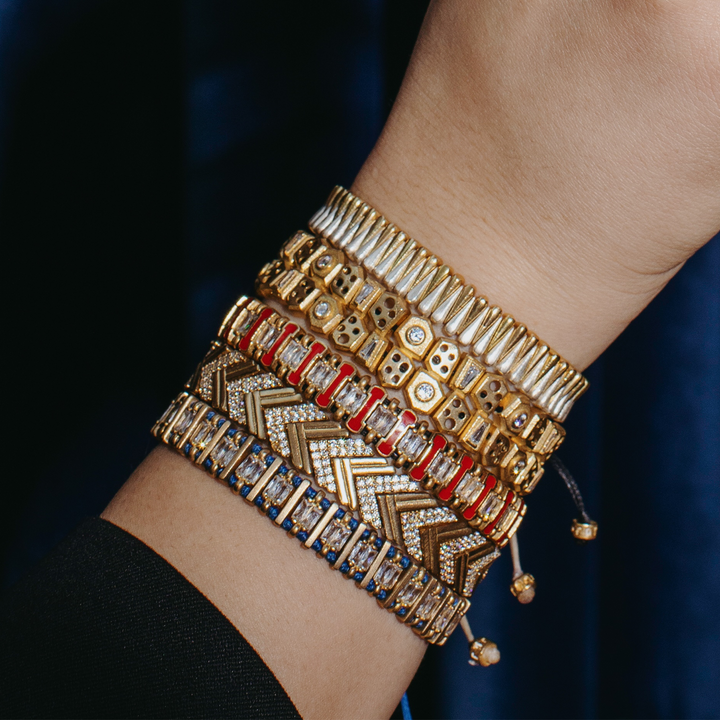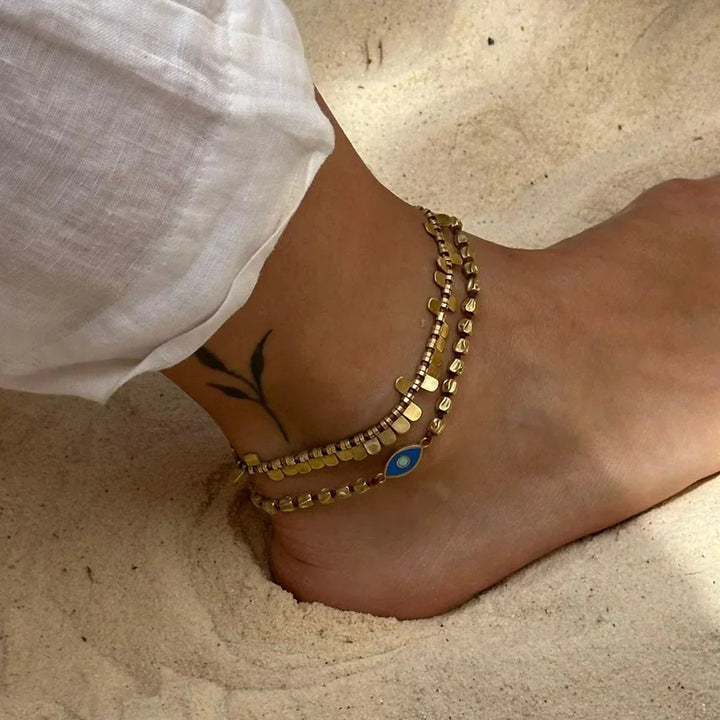How to Identify Gold?
To determine if gold is real, you can use methods like checking for hallmarks, the magnet test, and the ceramic test. Real gold is non-magnetic and will leave a mark when rubbed on a ceramic surface. Hallmarks like 14K or 18K indicate purity. When exposed to vinegar or mild acids, real gold retains its color. The most reliable method is a professional test at a jeweler.
How to Identify Fake Gold?
You can identify fake gold by:
Hallmark Check: Real gold typically has stamps like 14K or 18K. Hallmark-free items might be fake.
Magnet Test: Gold is non-magnetic; if it sticks to a magnet, it's likely fake or contains other metals.
Color Change: If it darkens or loses color when in contact with vinegar or mild acids, it’s probably fake.
Density: Gold is dense and heavy; lighter items may be fake.
For accurate results, professional testing is recommended.
What is Gold Purity?
Gold purity refers to the gold content in a piece. Pure gold is considered 24 karats and contains 99.9% gold. However, pure gold is soft, so it is often alloyed with other metals for durability. The karat level indicates the purity:
24K: 99.9% pure gold (soft and flexible).
22K: 91.6% pure gold (durable but soft).
18K: 75% pure gold (common in jewelry, strong and shiny).
14K: 58.5% pure gold (durable and economical).
As the karat decreases, the gold purity decreases, and the proportion of other metals increases. Juju Mood offers two gold purities: 14K and 18K.
14K Gold: Contains 58.5% pure gold, suitable for everyday wear due to its durability and economic value.
18K Gold: Contains 75% pure gold, providing a brighter, more sophisticated look. It is ideal for special designs and long-lasting pieces.
These options reflect Juju Mood’s elegance and quality while catering to various budgets.
How to Determine Gold Purity?
Several reliable methods exist to determine gold purity:
Hallmark Check: Gold jewelry typically features a purity stamp, such as "14K" or "18K," indicating its purity.
Color Differences: Lower karat gold (e.g., 14K) usually has a duller color; 18K has a richer, deeper gold hue.
Density and Weight Test: As karat purity decreases, density and weight change. Jewelers can measure density to identify purity.
Professional Tests: Jewelers can use X-ray devices and other professional equipment for quick and accurate purity assessments.
These methods can help identify gold purity; consulting a jeweler is recommended for the most accurate results.
What Types of Gold Purity Exist?
Gold purity options vary by gold content. Commonly used types include:
24K: Contains 99.9% pure gold, regarded as pure gold. It is soft and not commonly used in jewelry.
22K: Contains 91.6% pure gold. It is both durable and valuable, often used for bracelets.
18K: Contains 75% pure gold. This balance of brightness and durability makes it popular in jewelry.
14K: Contains 58.5% pure gold. It is often chosen for everyday jewelry due to its strength.
10K: Contains 41.7% pure gold and is a cost-effective option. While durable, its gold content is lower.
These varieties cater to different purposes and budgets. Juju Mood offers 14K and 18K options.
Juju Mood's gold jewelry collection includes elegant bracelets, stylish rings, stunning earrings, and eye-catching necklaces. Designed with both 14K and 18K gold, these pieces are perfect for both everyday wear and special occasions. Each item presents a unique and modern aesthetic, allowing you to express your personal style. Juju Mood combines quality and design, offering options for every taste. For more information, you can check here.






